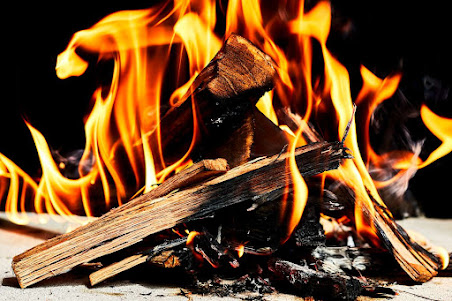There is something holy about the way fire teaches. It
consumes with no apology, no restraint, and in doing so, it does not simply
destroy—it transforms. There is something in us that wants to be the flame, but
we fear the cost: the loss of the structure we once were, the certainty of
form, the memory of being whole before ignition.
We speak often of growth as something soft, something
nurturing. But the flame teaches otherwise. It teaches that growth may be
combustion. That to evolve, we must let parts of ourselves burn—relationships,
beliefs, comforts, even our former selves. The light we become is born of these
necessary losses.
Watch the candle. The wax does not survive the flame, and
yet its purpose is fulfilled in disappearing. What if our own vanishing is a
kind of arrival? What if obliteration is not the end, but the offering?
The flame also teaches presence. It flickers, vulnerable to
the winds around it, but it never dims itself in anticipation. It dances even
as it dies. And perhaps this is the highest lesson: to be fully alive is not to
endure forever, but to burn completely while you can.
So many of us live dimly—afraid to ignite, to consume, to
radiate. We hide our inner fires under obligations, compromises, politeness. We
store dry wood in our souls, and wonder why we feel cold.
But what the flame teaches is this:
you must feed on yourself, not endlessly, but purposefully.
Let the unnecessary become ash.
Let
the pain become fuel. Let the old structures fall, so that light has somewhere
to rise.

Comments
Post a Comment